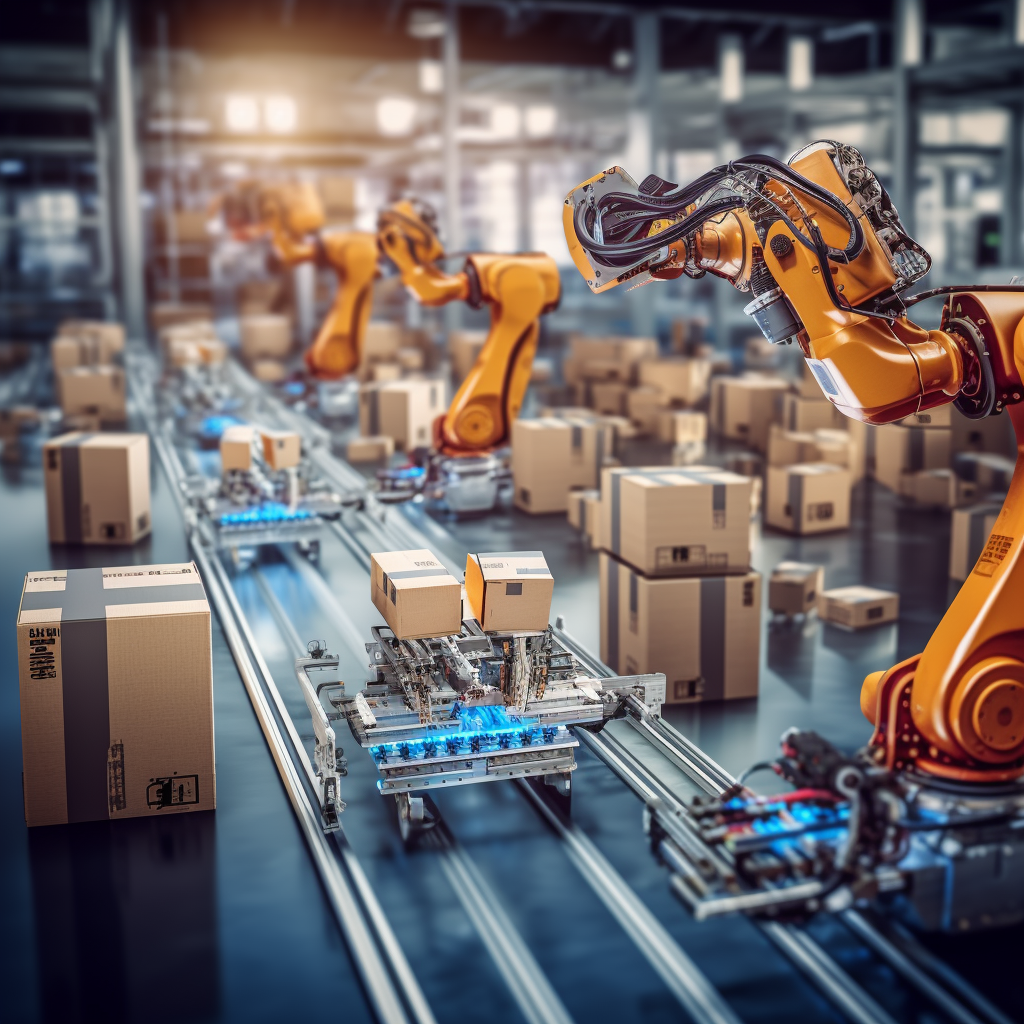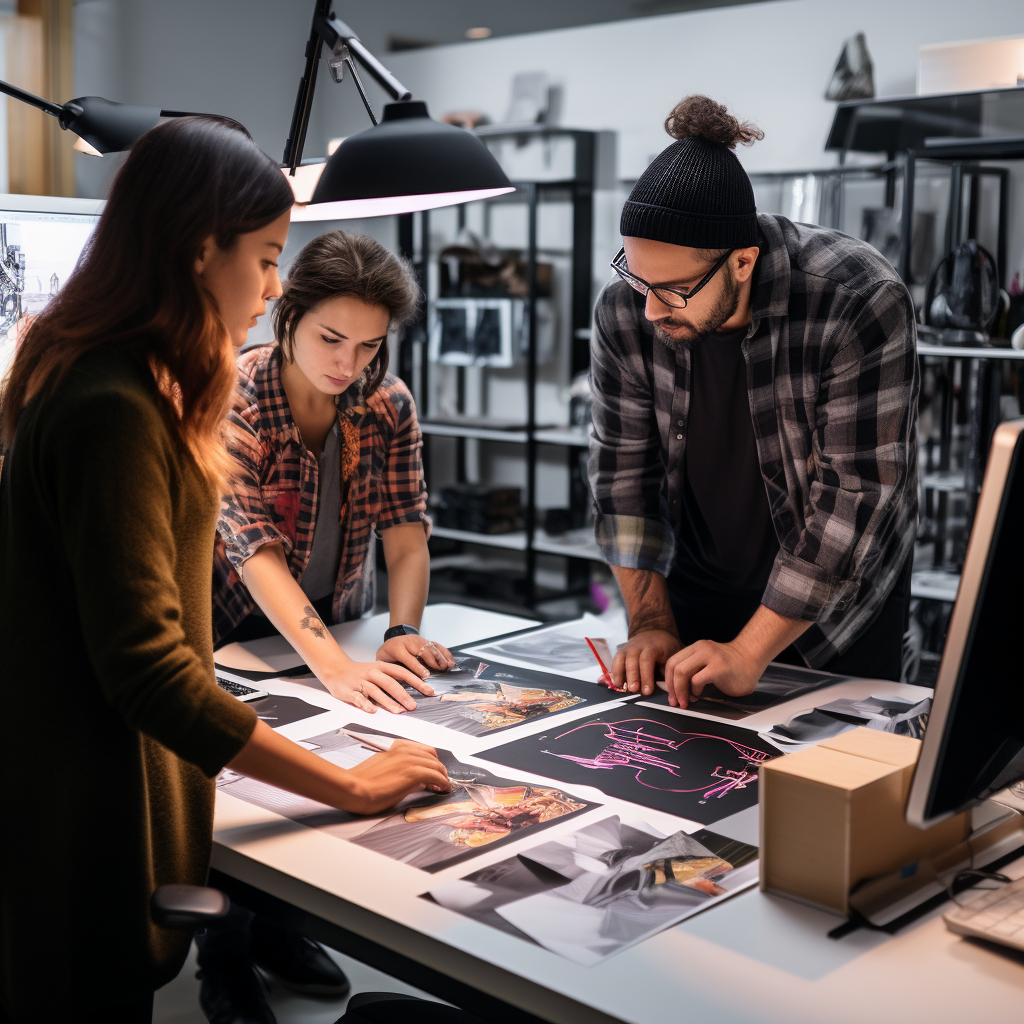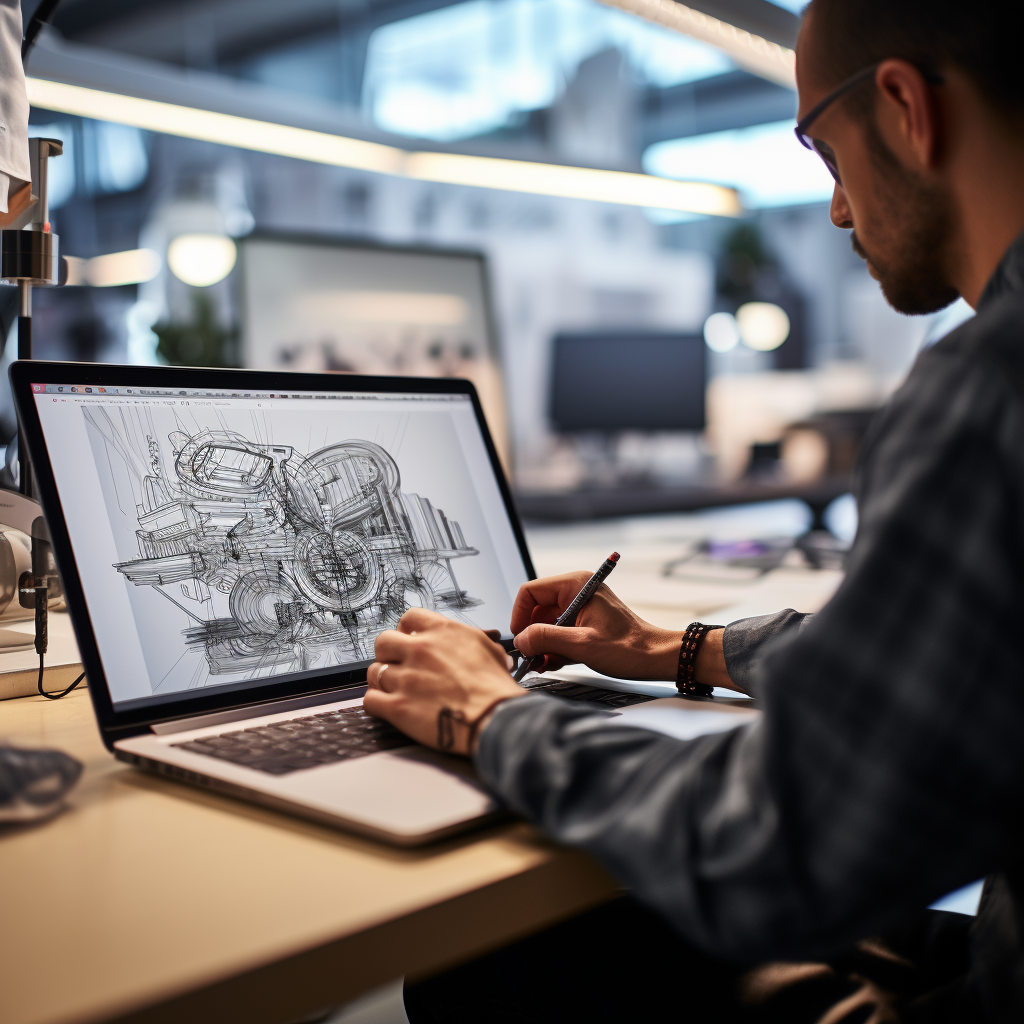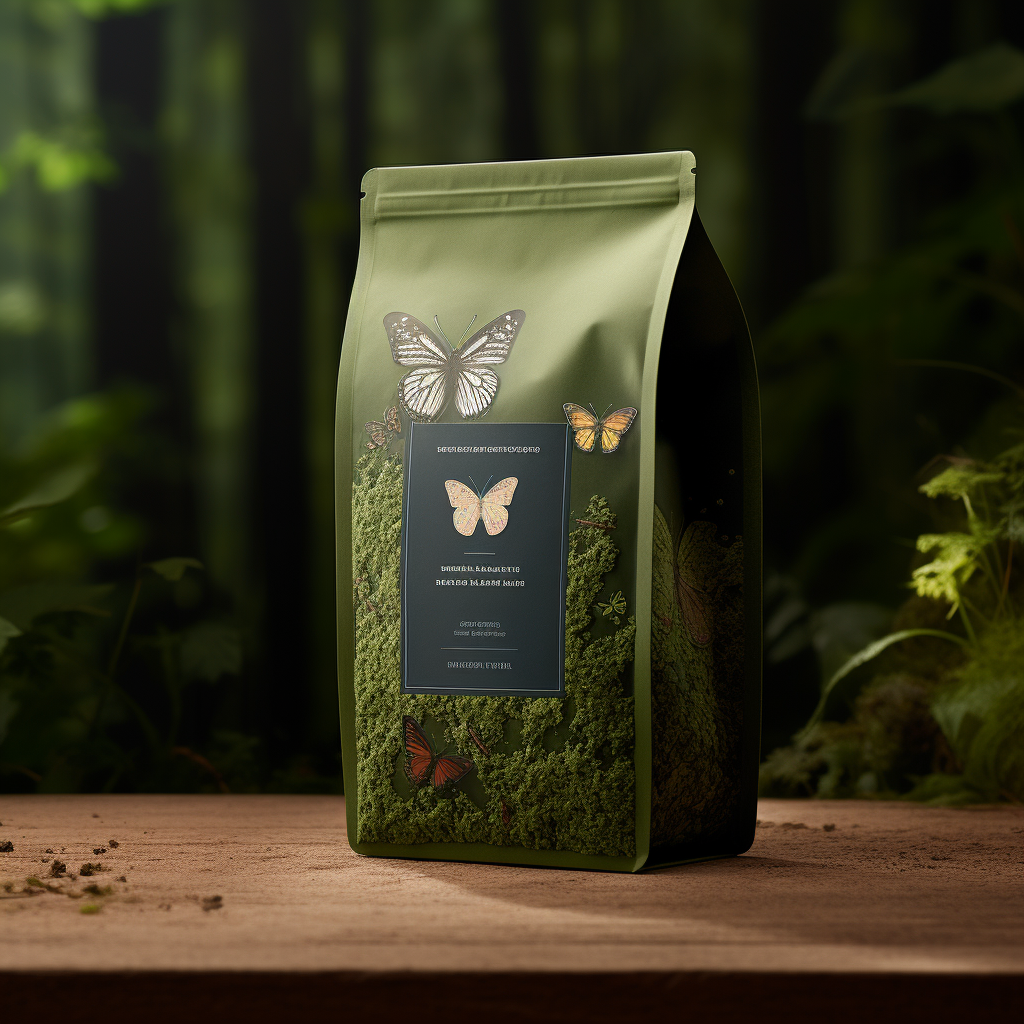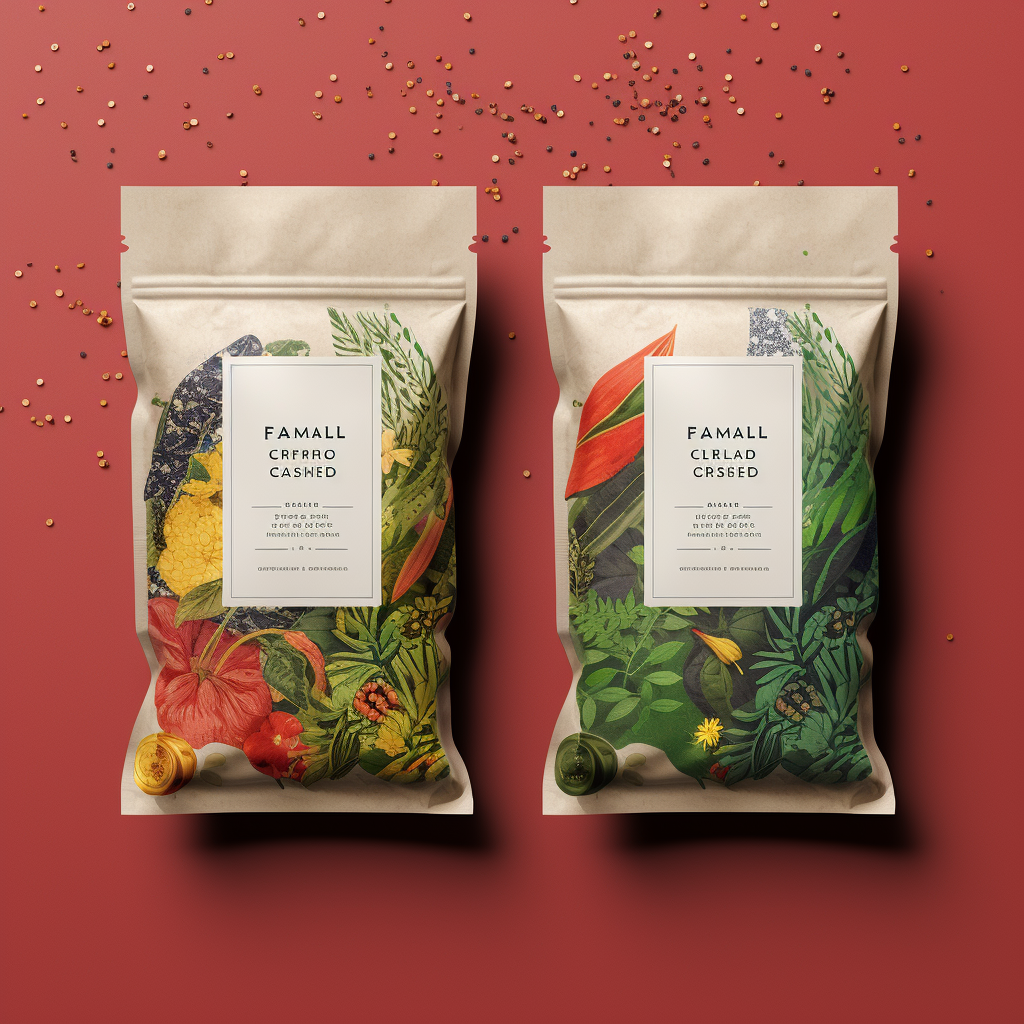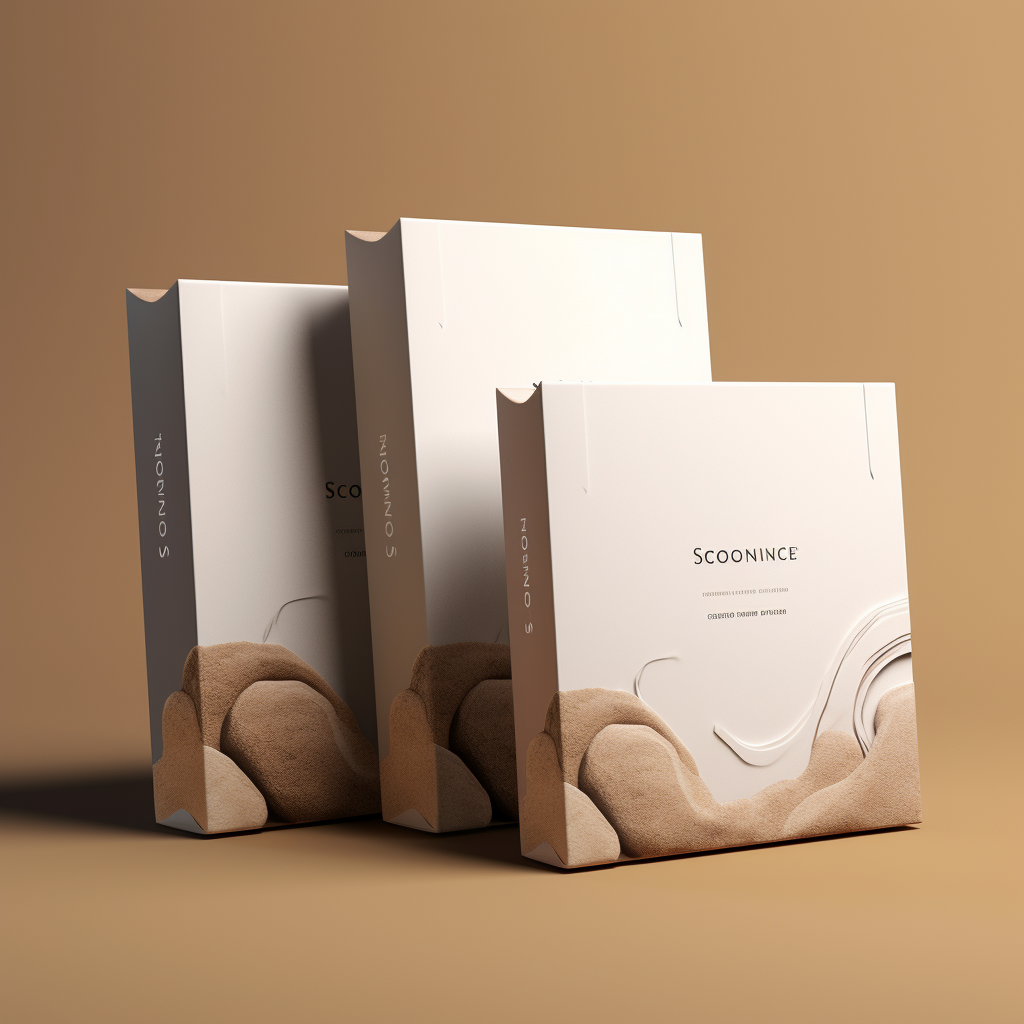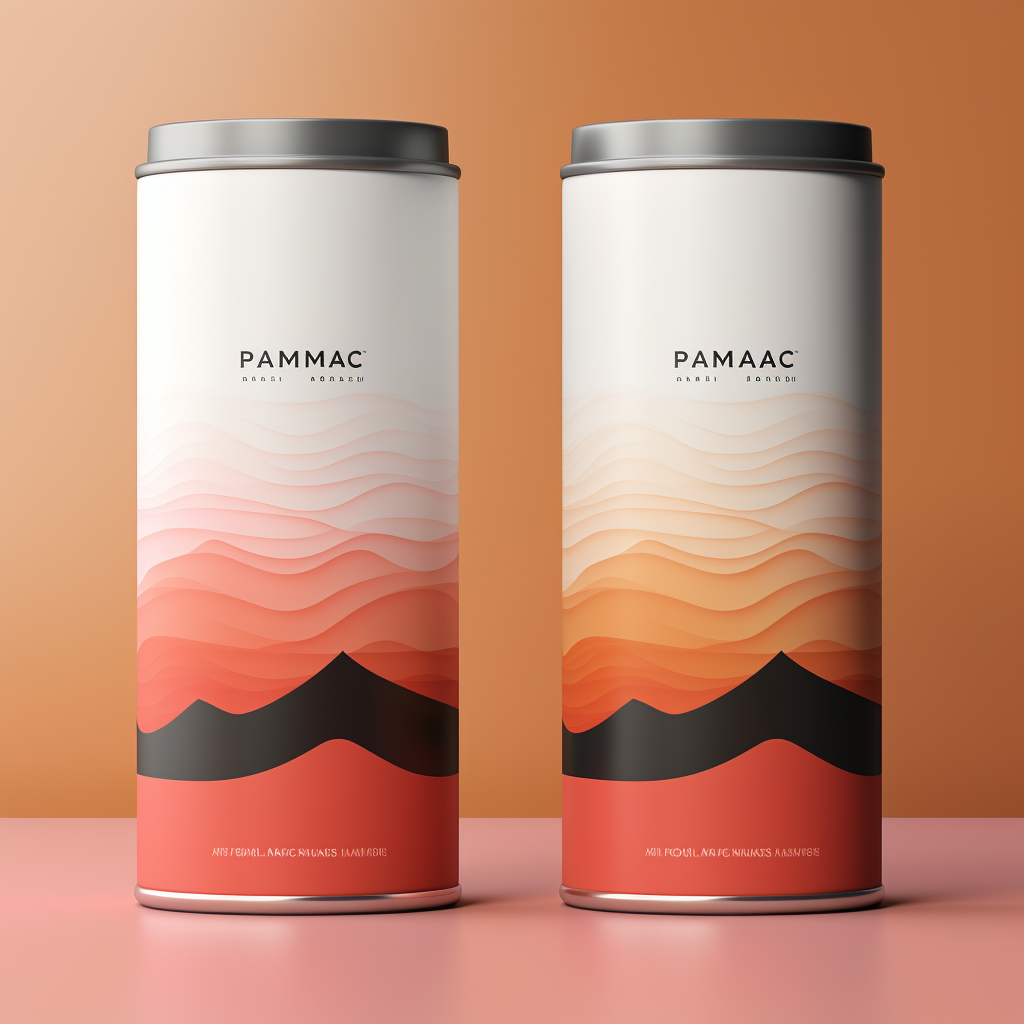Have you ever wondered how the packaging industry will adapt to the ever-changing demands of consumers and the pressing need for sustainability? The packaging landscape will undergo significant transformations as we move forward into a future that prioritizes convenience and environmental responsibility. From innovative technologies and materials to new design approaches, the future of packaging holds exciting prospects. So, what can we expect? Stay tuned as we explore the latest trends and innovations shaping how we package and protect products.
Packaging Technology and Design
Packaging technology and design have revolutionized the industry, incorporating innovative solutions and sustainable materials to meet consumer demands and reduce environmental impact. As the packaging industry continues to evolve, various design trends and technologies are emerging to cater to the changing needs of consumers.
One of the latest design trends in packaging technology is the rise of sustainable packaging solutions. Consumers are increasingly concerned about the environmental impact of packaging materials, leading to a demand for eco-friendly alternatives. Biodegradable options and recyclable materials are gaining popularity as they help reduce waste and minimize the carbon footprint.
Another significant development in packaging technology is the advent of flexible packaging. This type of packaging allows for easier transportation, storage, and handling, making it a preferred choice for businesses and consumers. Flexible packaging also offers customization options, enabling brands to create unique, eye-catching designs that stand out on the shelves.
Moreover, custom packaging is becoming increasingly popular as businesses seek to create a memorable and personalized customer experience. Custom packaging allows companies to showcase their brand identity and differentiate themselves from competitors. It also enhances the unboxing experience, leaving a lasting impression on consumers.
E-Commerce and Sustainability
With the rise of e-commerce as the primary form of shopping and the increasing focus on sustainability, the packaging industry is undergoing significant transformations to meet the changing demands of consumers. E-commerce packaging plays a crucial role in ensuring that products are protected during transit and that customers have a positive unboxing experience. However, the environmental impact of packaging waste has become a major concern. Consumer attitudes are shifting towards eco-friendly options, with 1 in 3 consumers favoring sustainable packaging.
To address these concerns, the industry is actively working on sustainable packaging solutions. Plastic reduction is a key area of focus, with businesses exploring alternatives such as bio-based plastics, compostable materials, and paper-based packaging. Innovative designs that minimize material usage and optimize box space are also gaining popularity. This not only reduces waste but also lowers transportation costs and carbon emissions.
In addition to material choices, companies are collaborating with partners to find sustainable alternatives. For example, DS Smith is working with retailers to develop packaging that is easy to recycle and incorporates recycled materials. They also invest in research and development to create innovative packaging solutions that balance sustainability and functionality.
The future of e-commerce packaging lies in striking a balance between protecting products, meeting customer expectations, and minimizing environmental impact. As consumer awareness and demand for sustainable packaging continue to grow, the industry must remain agile and innovative to meet these changing needs.
New Tech Packaging Innovations
The packaging industry’s future is shaped by new technological innovations revolutionizing how products are packaged and delivered to consumers. These advancements are driven by the need for more sustainable and environmentally friendly packaging solutions. Here are four new tech packaging innovations that are making waves in the industry:
1. Artificial Intelligence (AI) and Machine Learning (ML): AI and ML technologies are used to optimize packaging processes, improve efficiency, and reduce waste. These technologies can analyze data to determine the most effective packaging materials and designs, resulting in cost savings and reduced environmental impact.
2. Active Packaging: Active packaging incorporates sensors and indicators to monitor and preserve product freshness and quality actively. This helps to extend the shelf life of products and reduce food waste, ultimately benefiting both consumers and the environment.
3. Internet of Packaging: The Internet enables real-time tracking and monitoring of packages throughout the supply chain. This technology provides transparency and visibility, ensuring product safety and timely delivery and reducing the risk of theft or damage.
4. Digital Printing: Digital printing allows customized designs and branding on packaging materials, enhancing product appeal and consumer engagement. This technology also enables eco-friendly inks and reduces the reliance on single-use plastics, contributing to a more sustainable packaging ecosystem.
These new tech packaging innovations are transforming the industry and addressing consumer demands for sustainable and environmentally friendly packaging solutions. By embracing these trends and innovations, businesses can stay ahead of the curve and meet the evolving needs of their customers.
Material Trends: Sustainable and Flexible
Sustainable and flexible material trends are shaping the future of packaging as consumer demand for environmentally friendly options continues to rise. With the growing environmental concern, businesses seek packaging materials that reduce waste and minimize their carbon footprint. Flexible packaging is gaining popularity due to its lightweight, durable, and adaptable nature. It offers a range of benefits, including reduced material usage, lower transportation costs, and improved product protection. This trend aligns with the push for sustainable packaging solutions prioritizing recyclability and resource efficiency.
One innovative approach to sustainable packaging is edible packaging. This alternative reduces reliance on fossil fuels and decreases the overall carbon footprint of packaging. Edible packaging materials, such as seaweed-based films, can be consumed along with the product, eliminating the need for disposal and reducing waste. Packaging manufacturing and logistics advancements, such as 3D printing and smart warehousing, are also driving efficiency and cost reduction.
The future of packaging materials lies in finding sustainable alternatives that meet the demands of both consumers and the environment. Businesses are shifting towards recyclable, compostable, and made-from-renewable materials. This focus on sustainability, combined with the flexibility of packaging materials, will shape the future of packaging by reducing waste, improving resource efficiency, and meeting consumer preferences for eco-friendly options.
Advancements in 3D Printing
Advancements in 3D printing revolutionize the packaging industry by enabling the creation of complex shapes, reducing costs, and providing customizable solutions for businesses. Here are four ways 3D printing is transforming packaging:
1. Creation of Edible Packaging: 3D printing allows for the development of edible packaging materials, which can help reduce waste and improve sustainability. Imagine enjoying a snack wrapped in an edible wrapper that eliminates the need for traditional packaging.
2. Customizable Solutions for Consumer Goods: With 3D printing, businesses can create unique and personalized product packaging. This enhances the consumer experience and helps differentiate brands in a competitive market.
3. Extended Shelf Life: 3D printing enables packaging production with enhanced barrier properties, such as oxygen and moisture resistance. This helps extend the shelf life of perishable goods, reducing food waste and improving sustainability.
4. Rapid Prototyping and Design Innovation: 3D printing allows for rapid prototyping, enabling businesses to iterate and refine packaging designs quickly. This speeds up product development and fosters creativity and innovation in packaging design.
Conclusion
In conclusion, the packaging industry is undergoing a remarkable transformation to meet the demands of consumers like you. With a focus on sustainability and innovation, companies like DS Smith are leading in providing durable and environmentally friendly packaging solutions. As the industry explores new technologies and materials, it adapts to the changing landscape of e-commerce and consumer preferences. The future of packaging is like a chameleon, constantly evolving and adapting to meet your needs and exceed your expectations.






